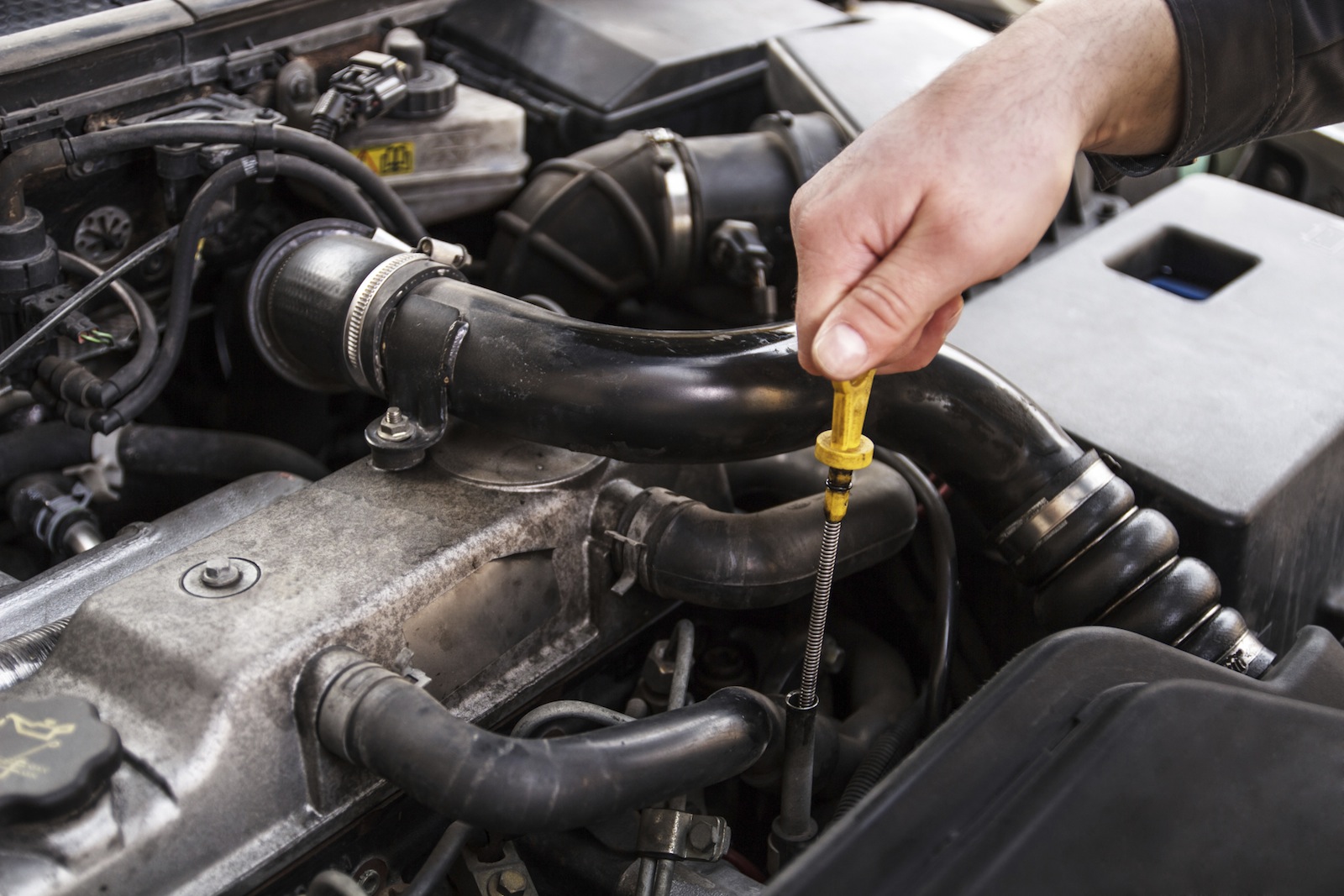Owning a car offers loads of convenience, but it also comes with many responsibilities. You should take good care of your car’s engine and ensure it’s in top condition. The results of failing to keep your car in top health can be very scary. When something goes wrong, you can easily find yourself stranded in the middle of nowhere or, worse, in an accident. And you don’t want that to happen to you. Plus, your mechanic may not always be readily available. So regardless of how little you know about cars, here are some ways to check your car’s health.
Check the fuel
Check if your car has enough fuel to sustain you during the trip. Your fuel tank should be full. If it’s half or less than that, you need to refill it. Aside from giving you adequate fuel, a full tank means less air is occupied. Unwanted air in your fuel system can reduce your car’s performance or put it at risk of engine failure, so keep this in mind.
Check your fluids
Your engine fluids are reliable indicators of the condition of your car’s engine. Your engine oil should be translucent, brown, and full. You need to change the oil if any of these three is absent. Additionally, your engine oil should not look discolored or milky, nor should it smell burnt, as these are signs of an engine problem. Check your coolant also, and make sure that it contains ant-freeze, which typically has a green color.
Look for leaks
Aside from checking your fluids, you should also examine any area of your engine, especially where you see fluid accumulating. Leaks indicate something is wrong with your engine and needs fixing. To look for leaks, park your car on a concrete surface and leave it there overnight. Traces of leaks on the concrete floor should tell you if and where your car is leaking. But your engine isn’t the only thing that can leak. Check your exhaust also. If your car’s exhaust leaks badly or is in the wrong place, you risk carbon monoxide poisoning. You should replace your exhaust if it’s faulty, sticking to the same car model. For example, if you drive a Ford Bronco, only replace your exhaust with a Ford Bronco exhaust.
Check your tires
Your tires need to be inflated to the right degree. You can use an air pressure gauge to check how much pressure is in your tire. Ideally, the pressure should not exceed the figure marked on the side of the tire. And if you’re carrying a spare tire, don’t forget to check its pressure. Additionally, examine the tread depth to determine if your tire is worn out. Failing to check your tires is one of the most common reasons for requiring roadside assistance. As such, it’s important to make sure that you are taking this critical step each and every time that you choose to drive your vehicle.
Don’t forget your battery
To ensure optimal performance and detect potential problems early on, it is important to monitor your battery health regularly using the latest battery software. Additionally, inspect your car battery for any signs of dirt, dust, or liquid buildup, which can affect its performance and lifespan. Dirt, dust, and corrosion can combine to cause battery failure, drain its power, and shorten battery life. That’s because dirt and dust can become carbonized, creating electrical conduction to drain the battery. Also, a dirty battery can lead to discharge unintentionally on the battery surface.


